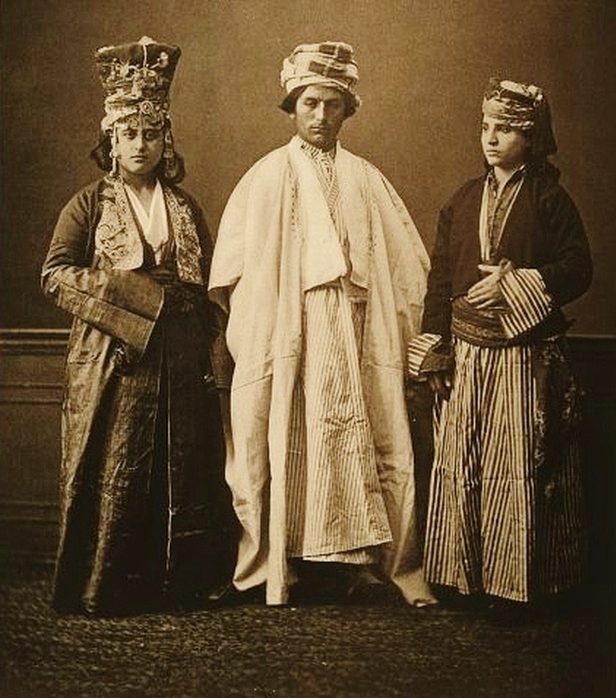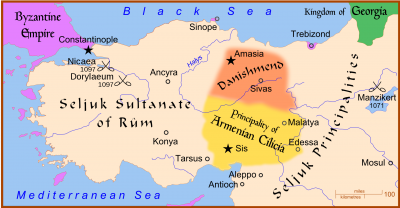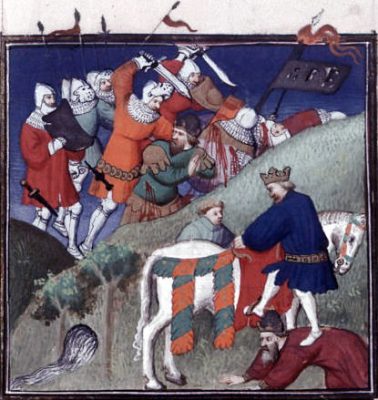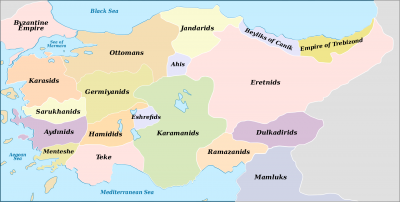Toponym
In the Byzantine era, the city existed with the name Polydorion (Grk.: Πολυδώριον), from which the current name is derived.
History
Ancient history
Whilst there is evidence of habitation in the province dating back to 6500 B.C., the earliest sign of habitation in the city itself dates to Early Bronze Age. Artifacts from this period have been found in the site of today’s railway station. In antiquity, the area was part of the region of Pisidia. It has been proposed that the city of Burdur has changed location a number of times; the ancient city of Limnombria (“Lake City”) was closer to Lake Burdur than the modern city. Burdur may also occupy the site of a town called Praetoria in Latin.
Turkish settlement and the Hamidids
The history of the urban development of Burdur is generally held to begin with the Turkish settlement after the Seljuk victory at the Battle of Manzikert in 1071. In the late 11th century, the Kınalı tribe of the Oghuz Turks captured the Burdur area and settled there. Turks became the majority of the population of the area after 1211, establishing a number of villages in addition to expanding the town. The first Turkish settlement was in an area known as Hamam Bendi that had a lower elevation than today’s city but was farther to the lake than the ancient town of Limnombria. Realizing the high incidence of malaria in the area they had settled, these residents then moved uphill, away from the lake. These first residents had not submitted to any state, but Kilic Arslan II, the Seljuk Sultan of Rum, captured the area in 1177 and imposed his sovereignty over the local tribes. The town remained under the undisputed sovereignty of the Sultanate of Rum between 1206 and 1260, when it was captured by the Mongol Empire. Developing commerce in the port of Antalya increased the significance of Burdur as a center of commerce. Tragacanth obtained from the mountains of Pisidia, wine from Kütahya, wax, wood and tar from many parts of Anatolia passed through Burdur, in exchange of which Egyptian spices, cotton and sugar was traded.
In 1300, the Hamidids under Dündar Bey captured Burdur. The Hamidids administered Burdur as a district under the town of Eğirdir. The Ilkhanate then captured Burdur in 1324 under the governor of Anatolia, Timurtash. Dündar Bey’s son, İshak Çelebi, recaptured Burdur in 1328. Traveller Ibn Battuta visited the town in 1330. In the account of his visit, he described Burdur as a town blessed with natural beauty and a number of orchards and farms, centered around the Burdur Castle near the Grand Mosque.
Burdur was captured by the Ottoman Empire in 1391, when Bayezid I conquered the Hamidids. It was initially a district center and a small town under the Sancak of Hamid.
From 1919 to 1921 Burdur was under Italian occupation.

(The Popular Costumes of Turkey in 1873; https://burdurbackstreets.weebly.com/burdur-then.html))
Population
As of 1478, the town of Burdur had four quarters, three being Muslim and one being Christian. The largest of these was the Cami (‘Mosque’) quarter of the Muslims.
In the early 19th century, the town of Burdur was “said to contain four thousand Turkish houses, one hundred and fifty Greek, and thirty Armenian; the bazaars were crowded and it seemed to be a place of considerable trade. (…) The Greek priest told me, my former calculation of four thousand Turkish houses was too small; that there are between five and six thousand.”[1]
„In 1914, the Armenian presence in this sancak in the southwestern part of the vilayet was concentrated in Burdur (pop. 1,420).”[2]
There was a small Greek population living in their own quarter and maintaing two schools until the forcible Population exchange between Greece and Turkey. An abandoned Greek Church in the city has been turned into a museum.
Destruction
“Toward mid-August, the mutesarif, Celaheddin Bey (…) summoned the vicar, Father Arsen, and informed him that he would have to leave the city with his flock in 24 hours. The Armenians’ property was confiscated on the spot and sold off for near to nothing. The convoy was first sent to Konya, where it remained for two weeks on the premises of the Sevkiyat (the organization responsible for carrying out the deportations), while a political battle raged between [the governor] Celal Bey, who was trying to have the Armenians sent back home, and the police chief, Saadeddin, a Unionist, who ultimately obtained permission from Istanbul to deport them. By foot or rail, these 1,000 deportees traveled through Rakka and Ras-ul-Ayn and were then sent in the direction of Der-Zor. By January 1919, only seven families were still alive.”[3]


